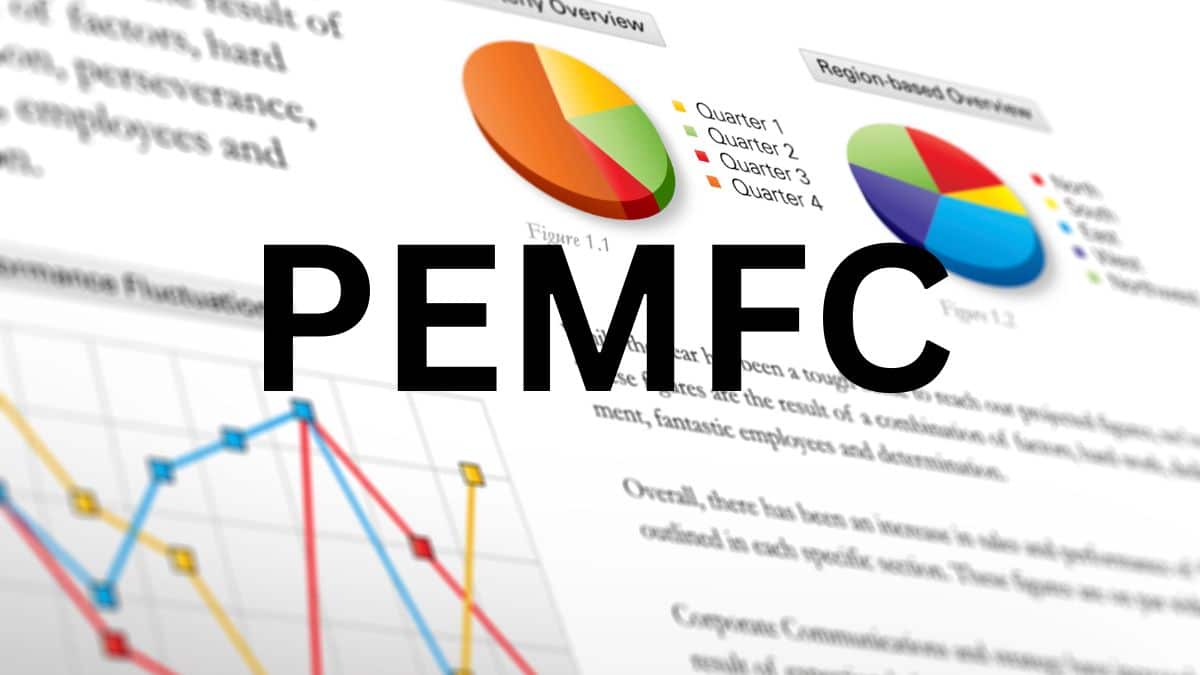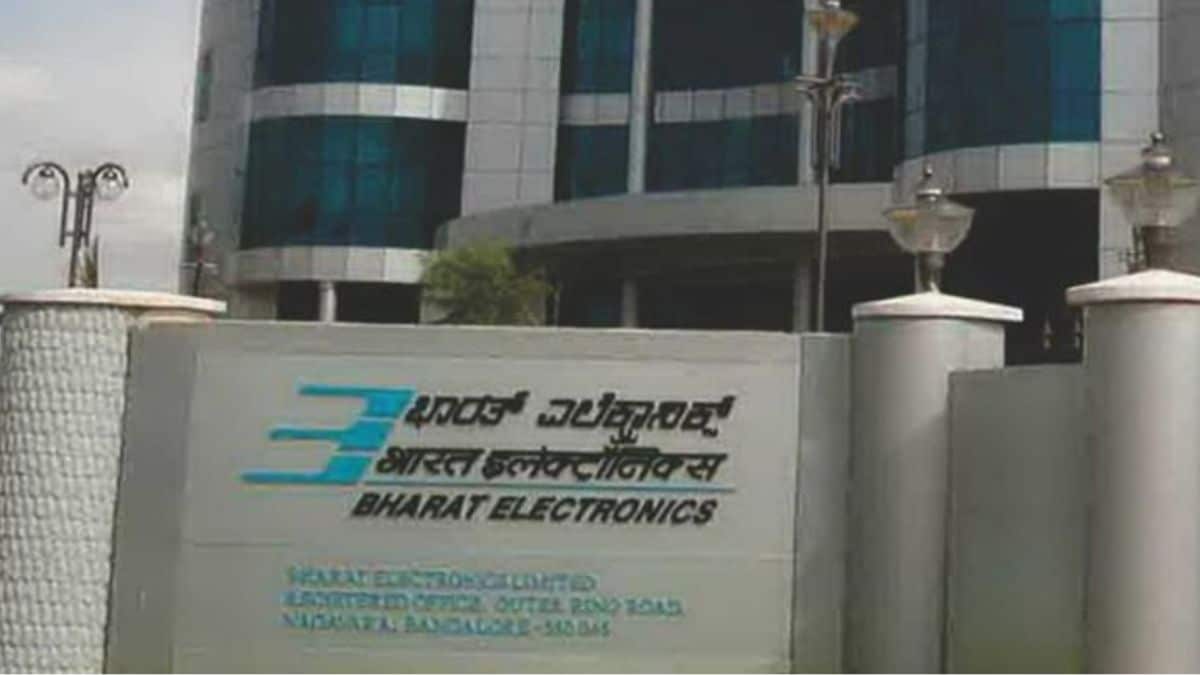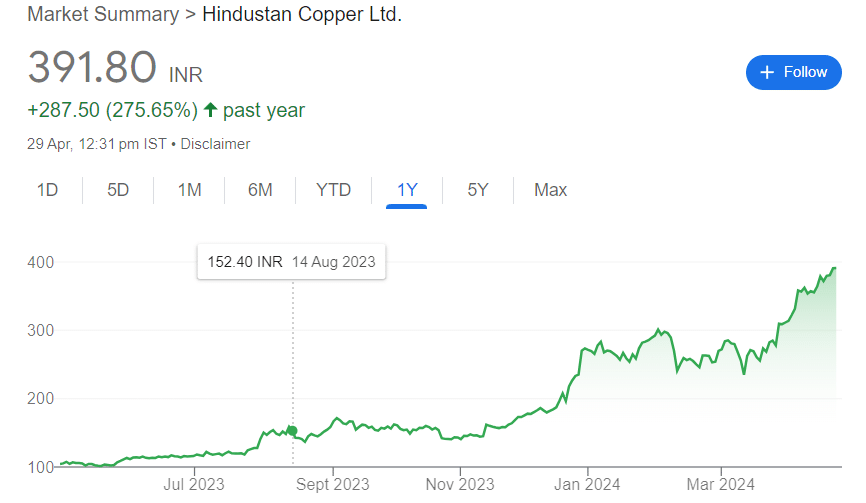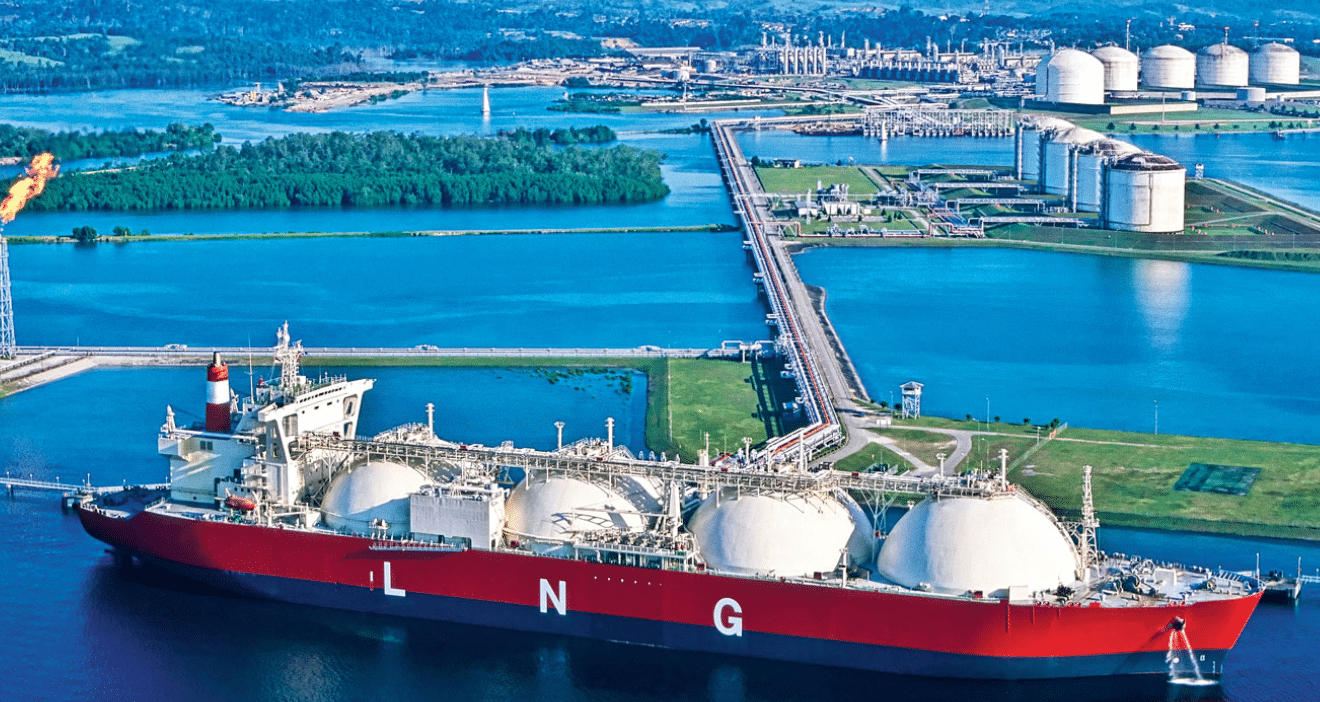Experience a paradigm shift in clean energy with Proton Exchange Membrane Fuel Cells (PEMFC), projected to reach USD 7527.9 Million by 2029, driven by government support, strategic alliances, and advancements in hydrogen infrastructure.
Join Our Telegram Channel To Get Daily Update
Unveiling Unprecedented Growth
The Proton Exchange Membrane Fuel Cells (PEMFC) market is poised for an extraordinary leap, projected to reach a staggering USD 7527.9 Million by 2029, exhibiting a remarkable Compound Annual Growth Rate (CAGR) of 31.9%. This monumental rise is underpinned by a multitude of factors steering the widespread adoption of PEMFCs in both stationary power generation and the automotive industry.
also read :ChatGPT’s Rise: Android Users Could Soon Embrace a New Default Virtual Assistant
Government Backing and Sustainable Momentum
Government regulations and incentives, favoring sustainable energy solutions, emerge as the driving force propelling the ascent of PEMFCs. A global paradigm shift towards cleaner energy alternatives sees PEMFCs gaining traction, especially in the automotive sector, where their superior energy density, extended driving range, and swift refueling position them as the preferred choice for manufacturers amid the surging demand for electric vehicles (EVs).
Green Revolution in Energy: Proton Exchange Membrane Fuel Cells
The global emphasis on sustainability and environmental preservation is a catalyst for the burgeoning popularity of PEMFCs as a clean energy substitute for conventional sources. Initiatives and legislation promoting sustainable energy create a conducive market environment, fostering the accelerated adoption of PEMFCs. The decentralized and reliable power source offered by PEMFCs becomes pivotal, particularly in isolated or off-grid areas with limited access to traditional power infrastructure.
Legislative Support and Strategic Collaborations
Governments worldwide are enacting laws and offering incentives to propel fuel cell technology, with tax credits, subsidies, and research support significantly reducing the initial deployment costs. This has sparked substantial investments from both public and private sectors in the PEMFC industry, fostering strategic alliances to leverage complementary skills, expedite technological development, and enhance market reach.
The Hydrogen Infrastructure Revolution
A critical factor in PEMFC performance lies in the robust development of hydrogen infrastructure. Advances in hydrogen generation, storage, and delivery contribute significantly to the accessibility and feasibility of PEMFCs. Both public and commercial sectors are investing in creating a comprehensive hydrogen ecosystem, providing a crucial backbone for the widespread use of PEMFCs.
Beyond Power Plants: PEMFCs in Everyday Devices
The applications of PEMFCs extend beyond large-scale power production, finding their way into portable devices such as drones, laptops, and cell phones. Their ability to provide durable and lightweight power aligns seamlessly with the escalating demand for energy-efficient products in the consumer electronics market.
Asia-Pacific’s Pioneering Role
As a potential regional market, the Asia-Pacific area stands out prominently, driven by encouraging government regulations for renewable energy use in countries like China, Japan, and South Korea. The growth of the PEMFC market in this region echoes a broader global trend towards embracing sustainable and innovative energy solutions.
In Conclusion
The upward trajectory of the Proton Exchange Membrane Fuel Cells (PEMFC) market signals a transformative shift towards sustainable, clean energy solutions. With an amalgamation of government support, strategic collaborations, and advancements in hydrogen infrastructure, PEMFCs are poised to play a pivotal role in defining the future landscape of global energy consumption.










